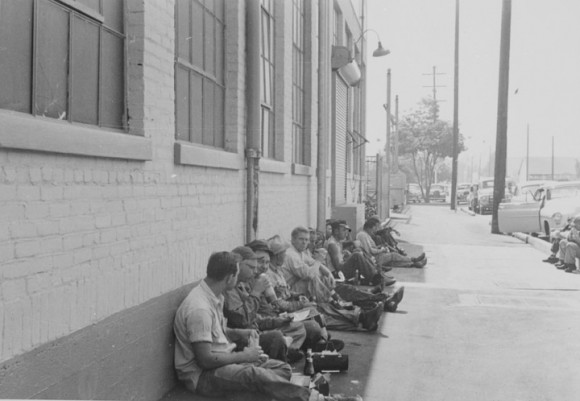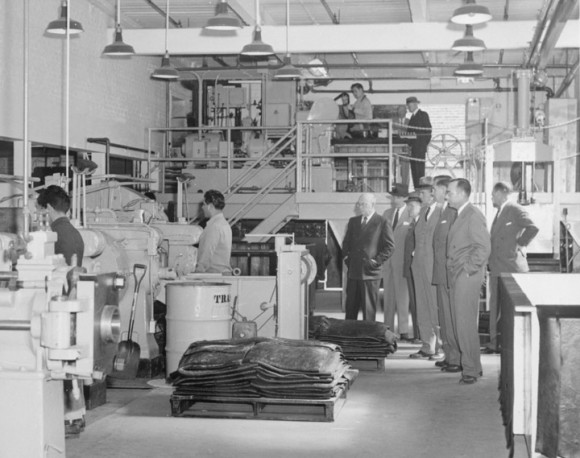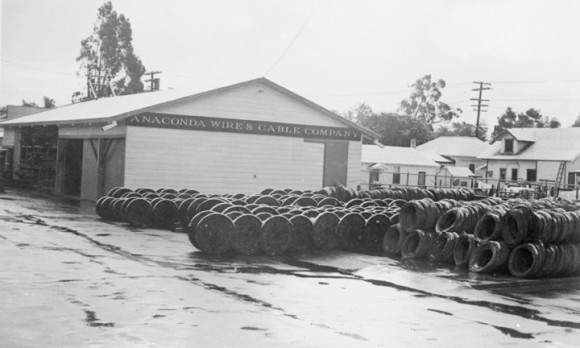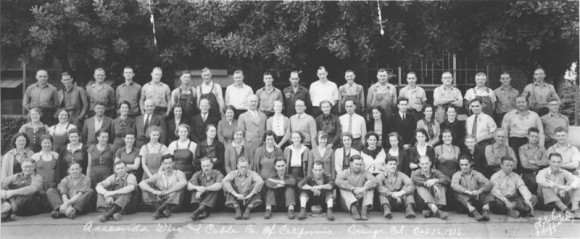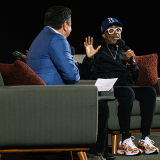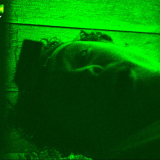A Brief History of the Anaconda Wire and Cable Company
July 6, 2015
When you’re standing on the grounds of Dodge College, not only are you on the site of filmmaking history, but history in general as well. Marion Knott Studios was constructed on the site of the Anaconda Wire and Cable Company, the largest industrial plant in Orange during the 1930s.
The company, one of the community’s largest industries, dates its history way back to 1919, when a group of young men from Muskegon, MI, saw a bright future in the production of copper wire in their hometown. At the forefront of this group was Albert Maring, a young, inventive genius who had several years’ experience in the field of wire production.
Maring first became known in the industry when he became superintendent of the enameling department of the American Electric Fuse Company. When this company went under in 1912, many entrepreneurs, both in and out of the industry, provided money to re-organize the business. It became the American Enameled Magnet Wire Company, with Maring as production manager and chief engineer.
Despite business going extremely well during his tenure, Maring left in 1918 to devote his time to the development of a new type electrical oven used in the enameling of wire. He brought this new invention to his former employer, but they had no interest in it. So, Maring showed it off to some of the people who helped him in 1912. They liked the idea, and provided capital for the Maring Wire Company to get off the ground.
During the Great Depression, the company floundered a bit, but was somehow able to survive. They provided products to companies that manufactured motors, radios, fans, vacuum cleaners, and more.
By 1923, the operation had outgrown its home base, and expanded its reach by acquiring the Rice-Sorin Sadderly Company. They continued to acquire other sites throughout the year, and eventually, they made it out here, in Orange, CA, and took over the building that formerly resided at this site. By 1928, with so many companies under its belt, the Maring Wire Company, amongst others, consolidated into the Anaconda Wire and Cable Company.
Not only was it the largest industrial plant in Orange during the 1930s, but it was also the largest of Anaconda’s operations on the West Coast. At the peak of the plant’s operation and production in the 1950s, it employed more than 300 people, seven days a week, in three shifts.
The plant was also known for its production of weatherproof wire, used by electric and power companies. During World War II, the plant was modified to allow for the production of missile cable. In 1954, the building was expanded to include a plastics mill, rubber insulating mill, and a rubber mixing department. Production on the weatherproof wire was stopped, and energy was redirected into the production of plastic and rubber insulated wire.
The plant was sold to Atlantic-Richfield in 1980, and was renamed to Anaconda-Ericsson. However, the plant closed its doors in 1982.
Overall, the company employed residents of Orange for over 50 years, and consistently gave back to the community it was a part of. The building was considered a contributing element to the Old Towne Orange Historic District. It was listed in the National Register of Historic Places until the plant was demolished in 2004.
At the northeast end of the Marion Knott Studios parking lot, there is an historic marker that talks about the importance of the Anaconda Wire and Cable Company, and its impact on the community. The marker itself is actually constructed of materials salvaged from the original building, including bricks and glass panes.
To learn more about the company, you can also check out
A Brief History of Orange
, located in the special collections section of Chapman’s Leatherby Library.

